By Julianne Mosher
Academy Award nominated actor Eric Roberts’ first memoir is being released this month and he is kicking off his book tour on Long Island.
Part of the famous Roberts family (including his sister Julia and daughter Emma), the 68-year-old actor is publishing his first memoir, Runaway Train: or, The Story of My Life So Far next week. To celebrate, he has chosen the Cinema Arts Centre, 423 Park Ave., Huntington as his first stop on the tour.
 “This is the first appearance that he’s making as the book is being released so we’re really honored and delighted he would choose us,” said Jud Newborn, Emmy Award-winning producer of special programs at the Centre. “It’s wonderful to be appreciated.”
“This is the first appearance that he’s making as the book is being released so we’re really honored and delighted he would choose us,” said Jud Newborn, Emmy Award-winning producer of special programs at the Centre. “It’s wonderful to be appreciated.”
On Thursday, Sept. 19 at 7:30 p.m. the evening will start with a screening of the 1985 film Runaway Train followed by a discussion with the actor, audience Q&A, gala book signing and reception featuring food and live jazz music by New York Times-acclaimed guitarist Mike Soloway.
The film, which stars Roberts, Jon Voight, and Rebecca DeMornay, tells the story of two convicts who escape a prison in snowy Alaska, battling the desolate landscape until they board an empty train — only to discover that the engineer has had a heart attack as the train accelerates out of control.
Roberts was nominated for an Oscar for his performance in the film and it is rarely screened in a live setting, Newborn said.
“Eric Roberts is actually one of the most prolific actors in the world,” he added. “I was dumbfounded when I read that he was in more than 700 films.”
Roberts grew up in Georgia, spending most of his teens away from his mother and sisters and instead stayed with his controlling father, a grifter jealous of his early success. At age 17, he moved to New York to pursue acting, where he worked and partied with future legends like Christopher Walken, Mickey Rourke, John Malkovich, Bruce Willis and Robin Williams.
His big break came when he was cast in “King of the Gypsies,” becoming one of the hottest stars of the era. While his younger sister, Julia, has held a career based on her “squeaky clean, girl next door” persona, Roberts has had a life and career filled with ups and downs including arrests, drug addiction and a near-death car accident.
 Newborn, who will be moderating the discussion, said that people are drawn to these events because the Centre brings in guests who can speak to the concerns and interests of people — and have been since it was opened in 1973.
Newborn, who will be moderating the discussion, said that people are drawn to these events because the Centre brings in guests who can speak to the concerns and interests of people — and have been since it was opened in 1973.
“It’s going to be a lovely evening and another special Cinema Arts Centre event which we’re famous for,” he said. “We bring in such astounding artists, it’s really mind boggling.”
Roberts’ memoir is said to show a candid look inside his life discussing the ups and downs of his career, his stormy relationship with Julia and how he confronted his demons with the help of his wife, Eliza. Written with New York Times bestselling author Sam Kashner, this memoir plans to have people talking.
“I think our guests are going to be surprised,” Newborn said. “I’ve always found Eric Roberts to be compelling and unconventional in a way that is so intriguing … He has appeared in every kind of medium you can imagine; film, TV, music videos, voice over work and he’s a character actor.”
Tickets for the event are $52 for the public and $42 for members. It includes the film screening, a copy of the memoir that will be signed by Roberts in person, and the reception. To order, visit www.cinemaartscentre.org or click here.
Other celebrity guests scheduled for appearances at the Cinema Arts Centre this fall include director Barry Sonnenfeld on Oct. 8, actor George Takei on Oct. 15; Moon Unit Zappa (daughter of Frank Zappa) on Oct. 27; and actor Tim Matheson on Nov. 12. For further information, call 631-423-7610.

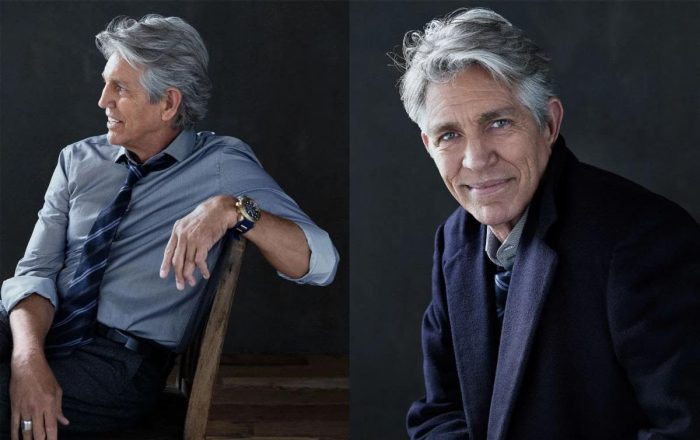
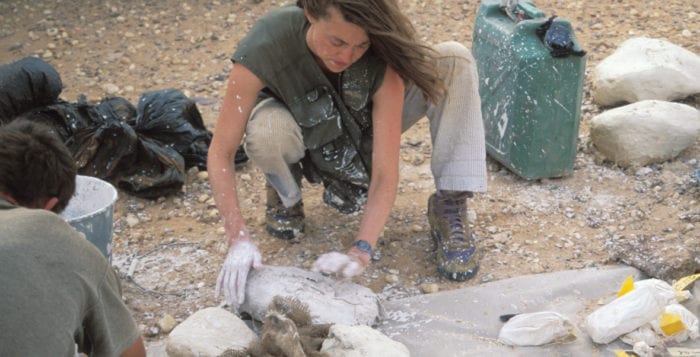
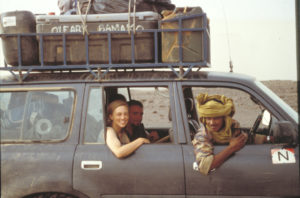
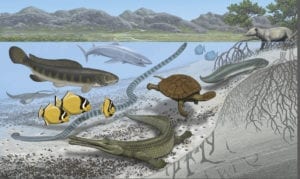
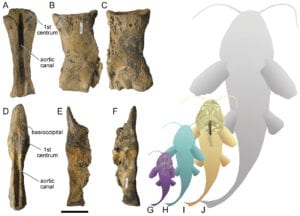 O’Leary suggested that the paper provides some context for climate and sea level changes that can and have occurred. During the period she studied, the Earth was considerably warmer, with over 40 percent of today’s exposed land covered by water. Sea levels were about 300 meters higher than current levels, although the Earth wasn’t home to billions of humans yet or to many of the modern day species that share the planet’s resources.
O’Leary suggested that the paper provides some context for climate and sea level changes that can and have occurred. During the period she studied, the Earth was considerably warmer, with over 40 percent of today’s exposed land covered by water. Sea levels were about 300 meters higher than current levels, although the Earth wasn’t home to billions of humans yet or to many of the modern day species that share the planet’s resources. O’Leary said that much of the literature for the science in Mali was in French, which had kept it a bit below the radar for scientific discourse, which tends to be in English.
O’Leary said that much of the literature for the science in Mali was in French, which had kept it a bit below the radar for scientific discourse, which tends to be in English.


